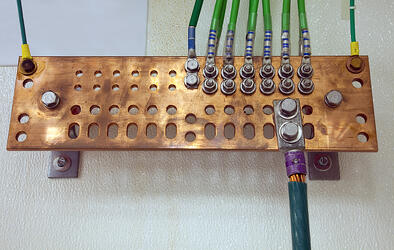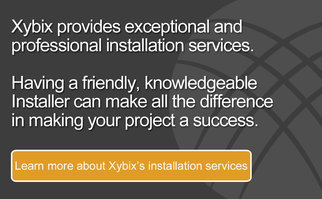
Have you ever heard noise in your headset while you are trying to talk on the phone or talk on the radio?
If you answered yes to these questions, you have a grounding issue in your dispatch center.
There are a number of acceptable methods to correctly bond and ground a building, electrical cabling and equipment. The most common misconception about grounding is that, what you currently have for grounding, is good enough. But, there is no such thing as too much grounding.
Even the most effective grounding can still have issues and holes in the system that will allow surges and spikes to occur. The main purpose of grounding is to prevent damage and harm to people and equipment. While I am not an expert on all things that have to do with grounding, I do have extensive knowledge in how to properly ground and bond a dispatch workstation.
Grounding in the 911 dispatch center has always been a subject of discussion anytime equipment is being updated, a remodel is happening, or a new building is being constructed. And while it might not seem like an important issue, remember that grounding is necessary to protect the equipment in the building and more importantly protect the people that are working with the equipment.
Here are four items that should be considered in order to help protect the dispatcher and ensure reliable equipment operation during periods of lightning activity, surges from AC power lines and power switching operations.
--Grounding design considerations to help reduce effects of lightning
--External grounding and bonding
--Transient voltage surge suppression (TVSS)
--Electrostatic discharge precautions (ESD)
Dispatch centers with exterior radio towers require special protection consideration due to the critical nature of their operation and the inherent risk from lightning events. To minimize the effects of lightning and surges in power, a common internal grounding system (also known as earth grounding) should be installed.
Adequate surge protection devices should be installed on all incoming power lines and telecommunication cables. Also, all surge protection devices should be bonded back to the common internal grounding system. All equipment and workstations should be bonded using specific methods to ensure a correct bond.
Here are a few suggestions ensure that all the relevant parts of the dispatch center are bonded:
--Bond any equipment with a grounding connection point.
--Bond mounting rails or support brackets intended for mounting equipment on or within a workstation.
--Bond any metallic parts of a workstation.
--Bond any surge protection devices.
--Bond any cable shielding or holders to allow proper cable management within the workstation.
All metallic enclosures, frames, and cable raceways as well as any other metallic workstation furniture should be effectively bonded to a bus bar or a ground bar. A main bus bar is typically bonded back to the earth ground using a #2 AWG insulated copper wire. From that main bus bar you can use smaller or mini straight bus bar. From the (mini or sub) bus bar, you can use a smaller gauge insulated copper wire. For lengths up to 13ft a #6 AWG insulated copper wire can be used. For lengths less than 10ft a #10AWG insulated copper wire can be used for bonding.
In dispatch centers that have multiple workstations, extra consideration should be given to establishing a grounding/bonding grid that interconnects all the workstations to the main grounding bus in the building. This will equalize potential surges and reduce risk to the dispatcher.
As you can see, there are probably some grounding considerations you may not have thought of, and although grounding may seem like a debatable issue, it is necessary and is vital and should not be overlooked.



